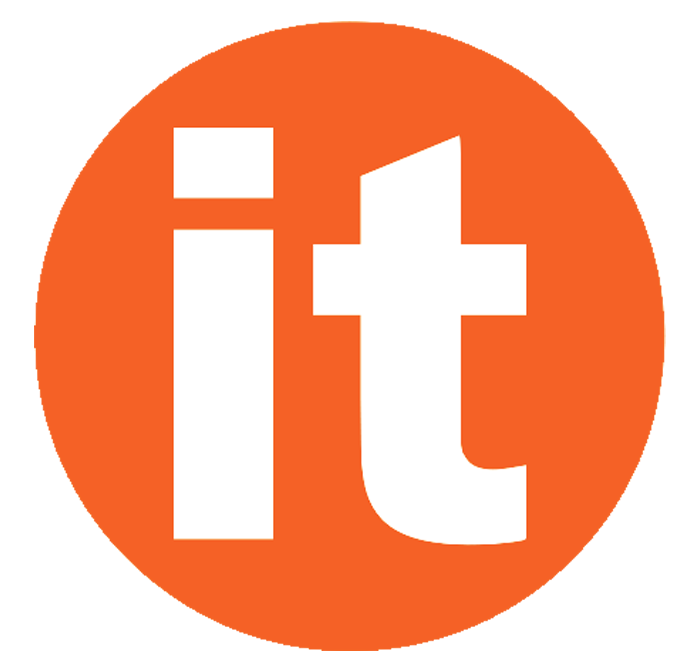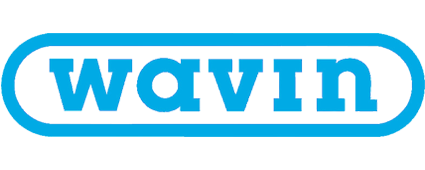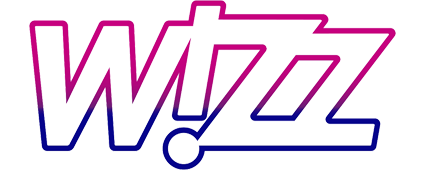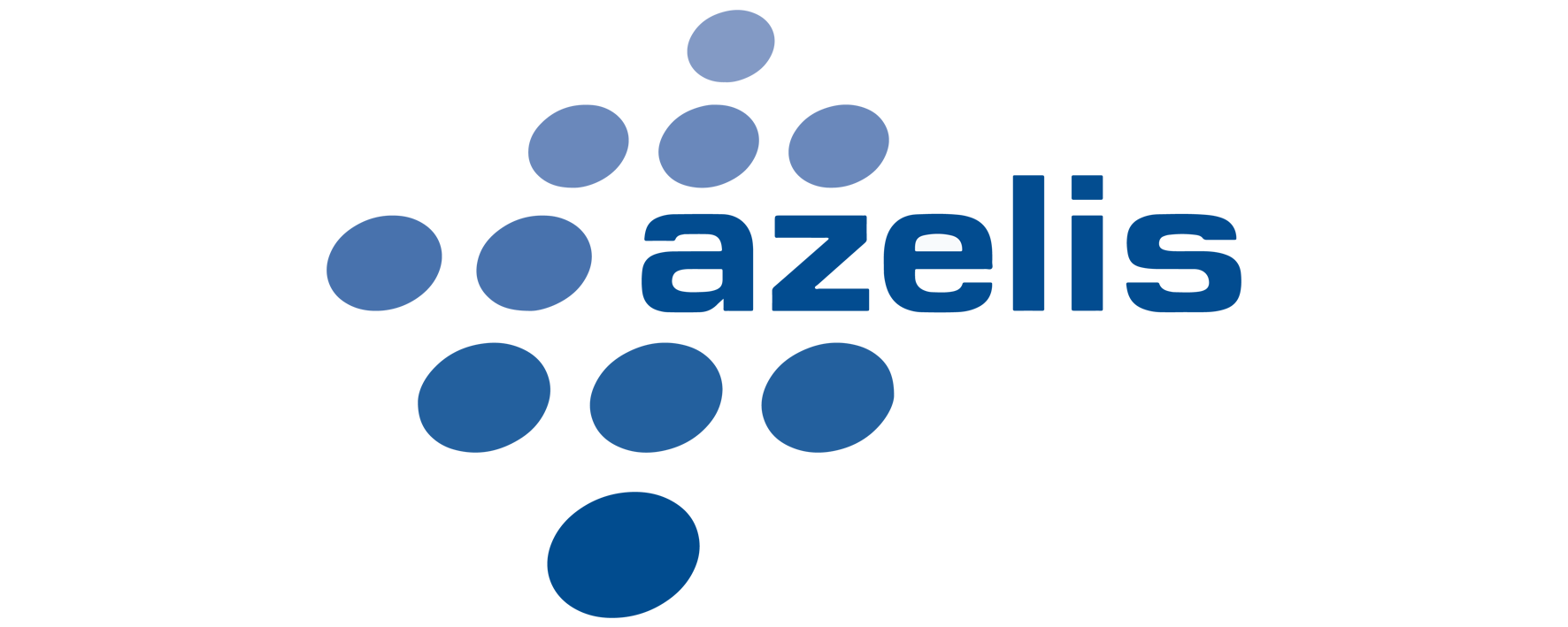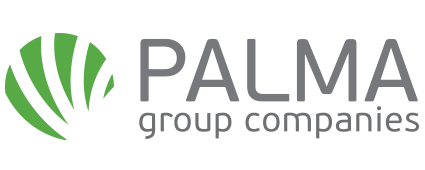Digital transformation is becoming a prime focus for business leaders everywhere.
When digital transformation is understood and embraced holistically, businesses witness profound shifts.
Digital is not just technology.
True transformation happens when these technologies empower people to do more and achieve more.
People have easy access to information, offering unprecedented opportunities for connection and creativity. Companies that encourage sharing knowledge and collaboration can overcome internal barriers, allowing teams to innovate and make quicker and better decisions.
To succeed in this digital age, companies must rethink their strategies. They should prioritize fostering closer collaboration with business units to tackle contemporary challenges head-on.
Motivation for Change
In today’s world, economic challenges and global competition have led to an increased focus on productivity.
To stay ahead, organizations must embrace technological advancements like Microsoft 365. While technology is crucial, the journey to enhanced productivity goes beyond software.
Challenges Along the Way
Frequently, businesses procure technology without aligning it with their core objectives. Also, resistance to change among employees and lack of adequate training can hinder successful technology adoption.
What is Productivity 4.0?
Modern workplace dynamics demand not just cognitive skills but also emotional intelligence. Employees are now expected to work collaboratively, making collective decisions that leverage the strengths of the entire team. For this to happen, leadership must create environments that foster collaboration and reduce distractions.
Technology alone is not the solution
Organizations achieve their objectives through specialized departments. However, these divisions may result in siloed operations, including in IT strategies. This lack of integrated technology can create gaps in expected outcomes. It’s imperative for organizations to first identify their core challenges, streamline their business processes, and then align them with the appropriate technological solutions.
Microsoft 365: A Catalyst for Change
Where Office 2013 and Office 2016 focused on helping individuals create documents faster, Microsoft 365 seeks to address collaboration and communication challenges.
Before each application can be applied in the right context, we need to better understand how different dynamics within an organization work and what capabilities are required to solve different types of challenges.
The ubiquity of internet access has changed societal expectations. While it has made information more accessible, it has also led to information overload. Microsoft 365 addresses these challenges by fostering enhanced collaboration and communication.
The Modern Collaboration Architecture (MOCA) highlights:

Successfully navigating this journey requires addressing these areas holistically, understanding the interdependencies, and using the right tools for the right tasks.
Individual productivity
Organizations hire individuals for their skills, experience, and excellence in what they do – and a mindset that is a good fit for the team. The Microsoft 365 suite is designed to better focus on applying and organizing their specific skills and experiences.
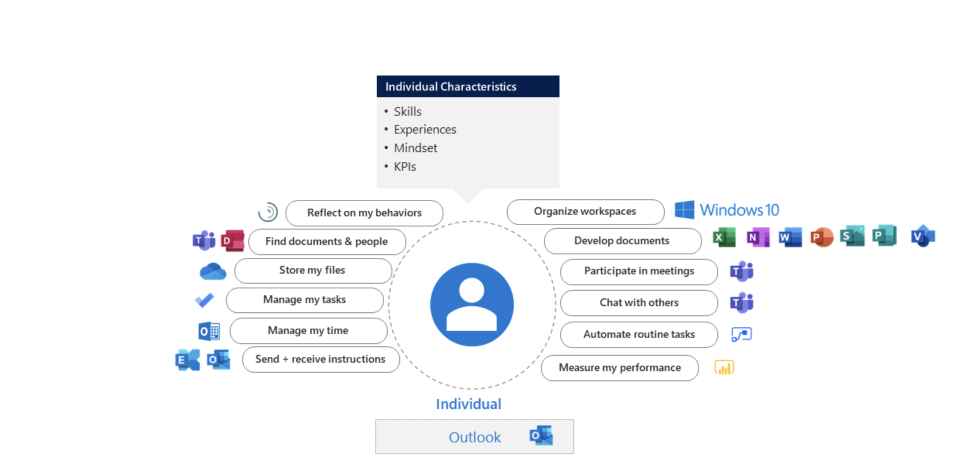
Team productivity
Though individuals can achieve some great things by themselves, their ability to make an impact grows exponentially as they work with other people within a team.
The ability for a team to deliver against their help clear roles and responsibilities and the inter-dependency of work promotes the application of the individual’s skills and the timely delivery of the expected goal and outcomes.
The ability of a team to deliver against their assigned goals and outcomes ultimately helps the organization deliver against their strategic priorities. Here, we have mapped Microsoft 365 applications to capabilities required by high-performing teams to leverage each individual’s unique skills and experiences and apply them in a systemic way (using team processes) to achieve the desired outcomes.
It is the use of the right application for the right capability that enables a collaborative and transparent environment, ideal for effective teamwork.

Successfully navigating this journey requires addressing these areas holistically, understanding the interdependencies, and using the right tools for the right tasks.
Organizational productivity
A focus on organizational productivity starts with leadership wanting to drive an organization-wide culture of collaboration, effective communication, and continuous improvement. This is an opportunity for the organization to focus on the correct attitude, behaviors, and skills enabled by certain core capabilities.
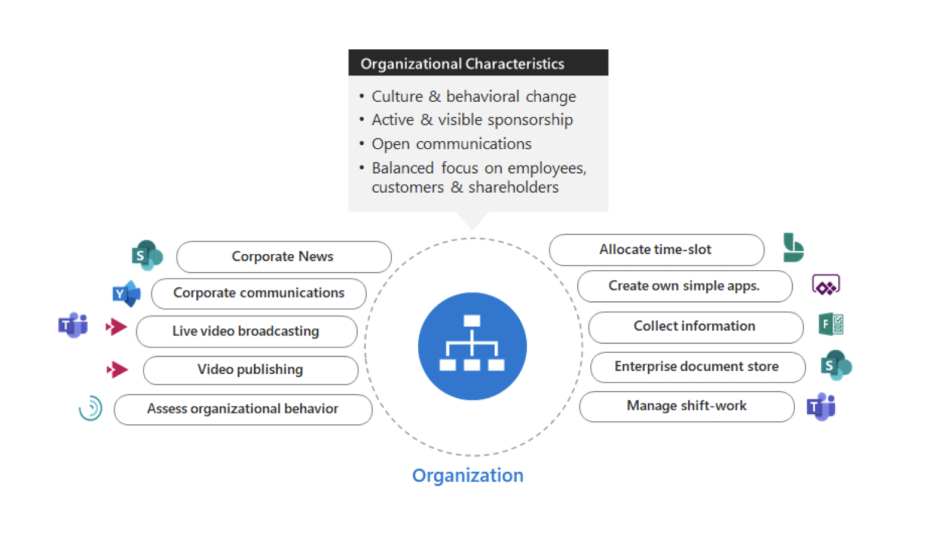
Community productivity
At a time when continuous learning on the job is key to organizational success, communities represent a great way to help employees gather and share expertise and ideas within the organization. They provide a single space for people to innovate, learn, and develop professional relationships and rapport, expanding their learning network from the 10-15 people they work closely with daily which usually makes up our 70% on-the-job learning. Communities help individuals learn, innovate, and share and thus are seen as improving the employee experience and contributing to increased employee retention.
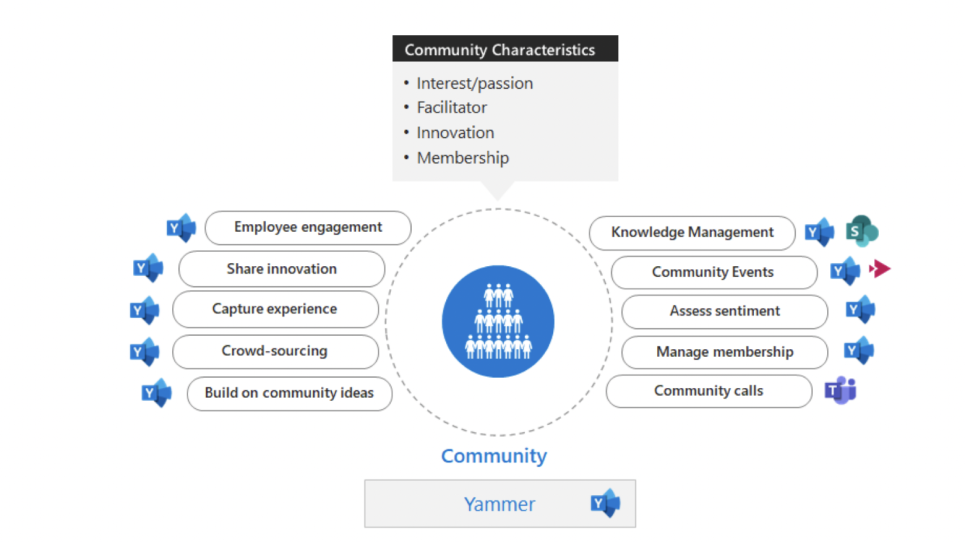
For a transformation initiative to be successful, an organization’s leadership must walk the talk. Consistent behaviors shape organizational culture, leading to established traditions.
Business and IT alignment is essential. A holistic approach, which combines both, ensures faster innovation and learning. Focusing on business objectives and speaking in terms that resonate with stakeholders increases the chances of successful adoption.
Initiating a successful digital transformation starts with a thorough assessment of the organization’s current state. It is then followed by setting clear goals and crafting a shared vision. Addressing people’s needs is paramount, and technology should always serve as an enabler, not the ultimate solution.
Digital transformation is more than just technology; it’s about reshaping business processes and culture to navigate the ever-evolving business landscape successfully.
